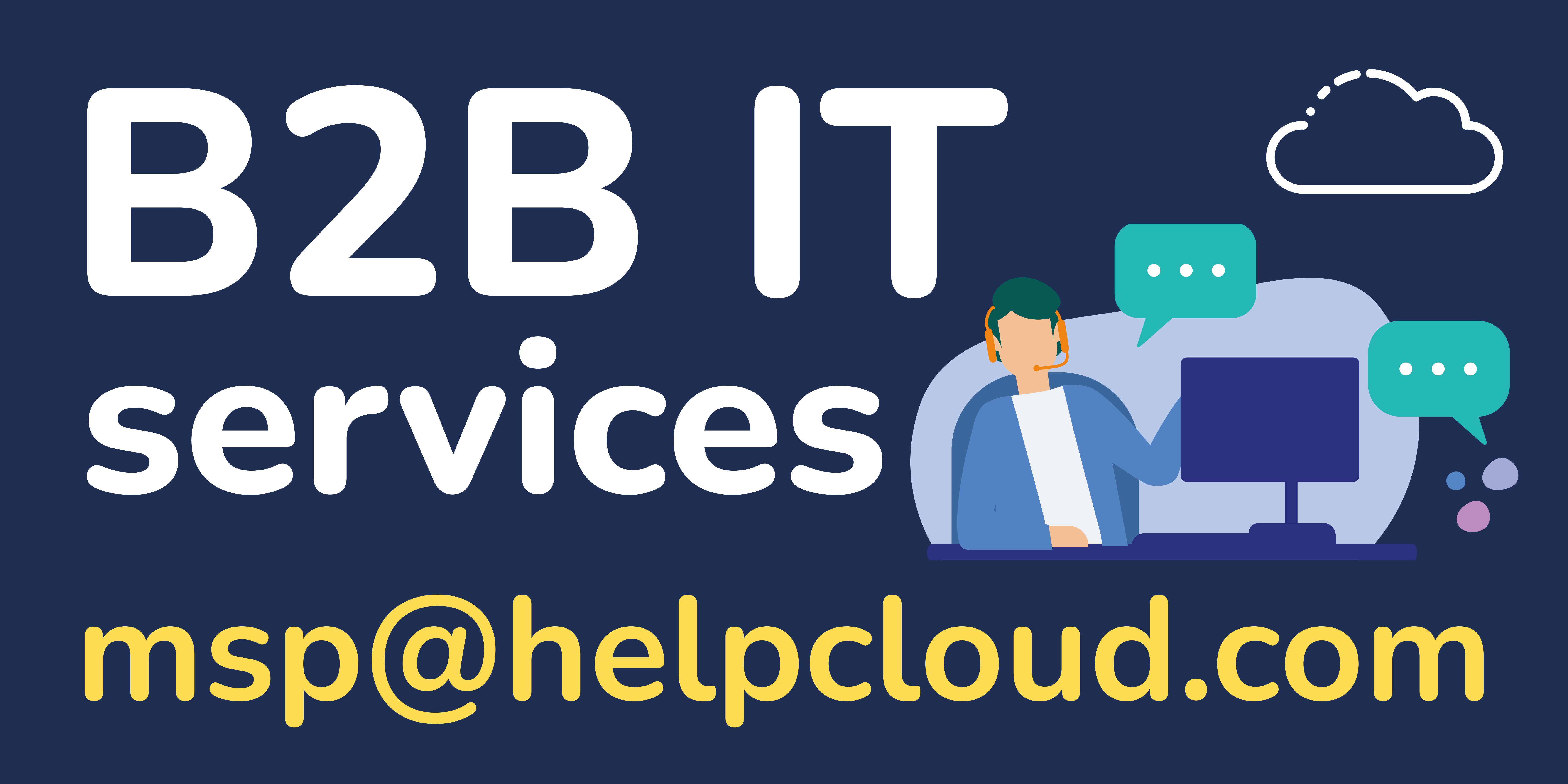When engaging with both a Managed Service Provider (MSP) for IT solutions and a Business Process Outsourcing (BPO) company, prioritize transparent communication and collaborative synergy. Clearly articulate your business objectives, challenges, and expectations to both service providers, ensuring a comprehensive understanding of your unique needs. Regular communication channels, such as scheduled meetings and updates, foster ongoing dialogue, allowing for alignment and informed decision-making.
Encourage a proactive approach from both the MSP and BPO, emphasizing the anticipation and prevention of potential issues. Proactive service providers can optimize IT infrastructure, enhance security, and improve operational efficiency.
Promote a culture of partnership with both the MSP and BPO, treating them as extensions of your team. This collaborative mindset enhances their understanding of your business intricacies, promoting a shared commitment to achieving success. By fostering a cohesive relationship, you harness the collective capabilities of both service providers, leading to a more streamlined and resilient overall business environment. The key to success lies in transparent communication, proactive engagement, and a shared dedication to meeting your organizational goals, bridging the gap between IT solutions and business processes.
Tips for Using a MSP for IT Solutions
Implement a Robust System for Access Control
When using a master service provider (like HelpCloud) for IT solutions, consider implementing a robust system for access control. This involves:
1. Role-Based Access Control (RBAC): Set up different access levels based on job roles. Designate specific permissions for various users or groups to ensure they only have access to the resources necessary for their tasks.
2. Regular Auditing and Monitoring: Implement a monitoring system to track user activities, system changes, and access attempts. Regularly review these logs to identify any anomalies or potential security threats.
3. Strong Authentication Protocols: Enforce strong authentication methods such as multi-factor authentication (MFA) to add an extra layer of security. This significantly reduces the risk of unauthorized access.
4. Frequent Updates and Patch Management: Ensure that the master server and associated software are regularly updated with the latest patches and security fixes. This helps protect against known vulnerabilities.
5. Data Encryption: Employ encryption for data both at rest and in transit to prevent unauthorized access in case of breaches.
6. Backup and Disaster Recovery Plan: Have a solid backup strategy in place and a well-defined disaster recovery plan to minimize downtime in case of any unforeseen events or system failures.
7. Documentation and Training: Provide comprehensive documentation and training for all users to ensure they understand best practices and security protocols.
By implementing these measures, you can significantly enhance the security and efficiency of your IT infrastructure when using a master server provider.
Emphasize Cybersecurity Training for Your Team
Effective cybersecurity is a collaborative effort between your managed IT service provider and your in-house team. To enhance your organization's overall security posture, invest in regular cybersecurity training and awareness programs for your employees.
Cyber threats are continually evolving, and human error is a significant factor in security breaches. By educating your staff about best practices for identifying and mitigating security risks, you can reduce the likelihood of costly data breaches and downtime.
Work with your managed IT service provider to develop customized cybersecurity training modules that address the specific needs and risks of your organization. Encourage your employees to stay vigilant, practice good password hygiene, recognize phishing attempts, and report security incidents promptly. A well-informed and security-conscious workforce is a crucial asset in safeguarding your business's digital assets.
Tips for Using a BPO Company
Working with a Business Process Outsourcing (BPO) company, like HelpCloud, can be a rewarding experience if you approach it with the right strategies and mindset.
Here are our tips for you:
1. Clear Communication: Effective communication is key to a successful BPO relationship. Ensure that you clearly convey your expectations, goals, and project requirements to the BPO team. Regular updates and feedback are also crucial.
2. Define Key Performance Indicators (KPIs): Establish specific KPIs to measure the performance of the BPO team. These metrics can include response times, quality of work, productivity, and customer satisfaction. Make sure both parties agree on these KPIs.
3. Select the Right Partner: Choose a BPO company with expertise in your industry and a proven track record. Check references, read reviews, and assess their capabilities before making a decision.
4. Set Service Level Agreements (SLAs): Clearly define SLAs in your contract. SLAs specify the agreed-upon service levels, such as response times, resolution times, and quality standards. They provide a benchmark for evaluating performance.
5. Data Security and Confidentiality: Ensure the BPO provider has robust data security measures in place. Discuss data handling, privacy, and confidentiality requirements, and make sure they comply with relevant regulations like GDPR.
6. Training and Onboarding: Invest in proper training and onboarding for the BPO team. Familiarize them with your company's culture, values, and processes. Regular training updates can help maintain a high standard of service.
7. Technology and Tools: Provide the BPO team with the necessary tools, software, and technology to perform their tasks efficiently. Collaborative platforms and software can facilitate communication and workflow.
8. Monitor and Measure: Continuously monitor the BPO team's performance using the agreed-upon KPIs. Regularly review reports and conduct performance assessments to identify areas for improvement.
9. Flexibility and Adaptability: Be open to feedback and suggestions from the BPO team. They may have valuable insights on process improvement or efficiency gains. Foster a collaborative relationship.
10. Cultural Awareness: If your BPO team is located in a different country, be mindful of cultural differences. Understanding cultural nuances can improve teamwork and communication.
11. Regular Communication and Feedback: Maintain open and regular communication with the BPO team. Provide constructive feedback and recognize outstanding performance to foster a positive working relationship.
Remember that successful collaboration with a BPO company is built on trust, transparency, and a commitment to shared goals. Regularly reassess your partnership and be prepared to make adjustments to ensure it remains effective and beneficial for both parties.
Conclusion
A successful collaboration with both a Managed Service Provider (MSP) for IT solutions and a Business Process Outsourcing (BPO) company hinges on transparent communication, proactive engagement, and fostering a culture of partnership. By clearly articulating your business needs, encouraging a proactive approach, and treating these service providers as integral parts of your team, you pave the way for a streamlined and resilient business environment. The synergy between an MSP optimizing your IT infrastructure and a BPO enhancing operational efficiency creates a comprehensive approach to meeting organizational goals. Embracing these principles establishes a strong foundation for success, ensuring that both IT solutions and business processes align seamlessly to drive sustained growth and excellence in your operations.


